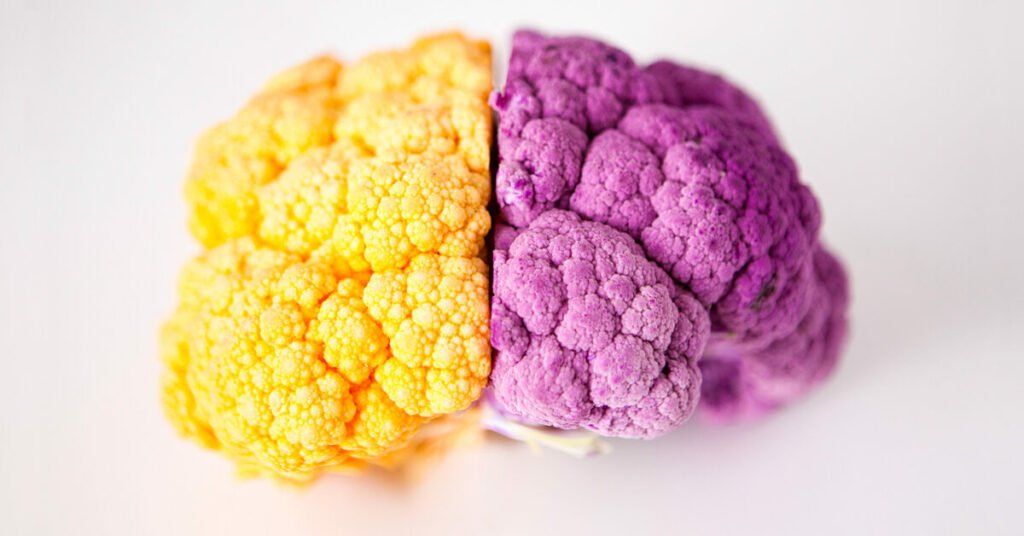There are two types of bipolar disorder: Bipolar 1 and 2. The first type is characterized by manic or mixed episodes and the second type is not. This blog post will help you to understand the difference between these two illnesses, as well as provide tips on how to live with them successfully.
Contents
What is Bipolar 1 Disorder?
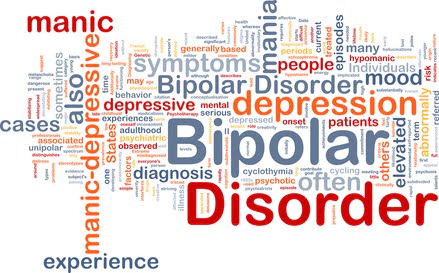
Bipolar I Disorder is a mental illness in which the person experiences at least one episode of mania. Mania is defined as a state of euphoria where the person has an unrealistic sense of happiness, energy, and power. It also includes irritability with their surroundings. During this period they may engage in risky behavior such as spending sprees or sexual activity without protection from sexually transmitted diseases (STDs). When people have depression, they might feel as if life is perfect. But others can see that there are problems and these need to be solved with medical help and therapy.
Symptoms of Bipolar 1 Disorder
Symptoms include:
- Inflated self-esteem or grandiosity
- Decreased need for sleep without experiencing fatigue
- More talkative than usual or pressured to keep talking
- Flight of ideas or subjective experience that thoughts are racing
- Distractibility, cannot concentrate on tasks
- Increased goal-directed activity such as taking on multiple new activities
- Excessive involvement in pleasurable activities with high potential for painful consequences (for example overspending money)
- Irritability and restlessness It can be difficult to diagnose bipolar disorder because it looks very different from normal mood swings.
The symptoms of Bipolar I Disorder may be similar to other mental health conditions. It is important to seek professional help in order for a doctor or psychiatrist to properly diagnose the issue and provide you with treatment options that will work best for your specific needs.
Causes of Bipolar 1 Disorder
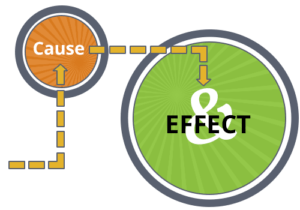
This illness has a strong genetic component. It is more common in people with close relatives who suffer from it or other mood disorders, such as depression. Researchers are not sure what causes the disorder but they have identified some factors that may increase your risk of developing bipolar I disorder including:
- Brain structure
- Genetic predisposition
- Stressful life events
- Childhood abuse
- Childhood neglect
- Substance use during pregnancy
- Exposure to certain viruses during fetal development
- Environmental toxins
Diagnosis of Bipolar 1 Disorder
The first step to receiving a diagnosis of Bipolar I Disorder is talking with your primary care physician or seeing a psychiatrist. Doctors will ask you questions about your illness and the course of it. They will also ask if anyone in your family has had similar illnesses. It is important to tell your doctor if you take other medications. This is because the drug can change how the other medication works and also increase the side effects of some treatments.
Treatment Options for Bipolar I Disorder
There are many types of treatment options available depending on what works best for each individual person’s needs including:
- Psychotherapy: This type of counseling can help you with emotion regulation, coping skills, and developing better relationships in your life.
- Medication: Your psychiatrist may prescribe mood stabilizers or anti-depressants to help control symptoms.
- Electroconvulsive Therapy (ECT): This treatment uses an electric current to make people have a seizure. It can help when it is very bad and the person has a mental health condition. Medication is a last resort because it can be risky. But if you have had other treatments and they didn’t make your bipolar disorder better, medication might work for you.
- Group therapy: A bipolar person can be married or have children. A group with people that live in the same house with bipolar disorder can help them because they can discuss problems together.
- Cognitive-behavioral therapy (CBT): CBT is often used with other treatments. It helps by finding thoughts, feelings, or behaviors that might be making you moody.
- Brain stimulation: This treatment uses magnetic fields or an electric current applied directly to the head. This can help to make your brain work better if parts of it do not work well.
- Dietary changes: Scientists don’t know if different people have different reactions to the same food. Eliminating all artificial sweeteners may help because many artificial sweeteners contain chemicals that cause mood swings.
- Self-help techniques such as journaling: This is a way to remember things that are bothering you. You can identify what might be making you feel bad, and how to make yourself feel better.
Risk Factors Of Bipolar 1 Disorder
There are several risk factors associated with bipolar I disorder including:
- Having family members who have the illness
- Exposure to environmental toxins during fetal development
- Psychiatric disorders like schizophrenia, ADHD, PTSD, and major depression in childhood or when they first started.
- If you have a mental health condition like agoraphobia, where it is hard to get away when you have a panic attack and social phobia, embarrassment fear in front of other people. Developing another mental health disorder is also possible.
What is Bipolar 2 Disorder?
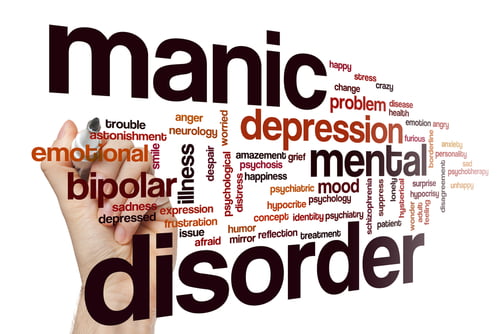
In addition to experiencing manic symptoms, people with bipolar II experience depressive episodes as well. People with bipolar disorder may have different states of energy. They can have a normal or low-energy state for a long time, but then they will have an episode where they are overactive and full of energy.
Bipolar 2 is often not diagnosed as something else, like depression. It can be hard to tell the difference between depression and bipolar disorder. When there are no manic episodes to suggest bipolar disorder, the patient’s melancholy symptoms take center stage.
Symptoms Of Bipolar 2 Disorder
For the diagnosis of Bipolar Disorder Type 2, a person must have had at least one hypomanic episode and one major depressive episode.
Depression Symptoms include low energy levels, appetite changes (either weight loss or gain), sleeping difficulties/insomnia, feelings of hopelessness and helplessness, poor concentration abilities, and suicidal thoughts.
Symptoms Of Hypomania
During a period of hypomania, an individual will experience increased activity levels both physically as well as mentally. People who are experiencing mania might talk more than usual or be easily irritated by small things. Mood swings are when someone feels different. They feel happy and then they may feel sad with no warning at all. This can make it hard for people to predict how they will react.
People with bipolar type II disorder will have both hypomania and depressive episodes. People with bipolar type I only experience manic and mixed states (which includes mania and depression).
Causes of Bipolar 2 Disorder
Scientists don’t know what causes bipolar disorder. It could be some kind of chemical imbalance in the person’s brain.
Bipolar disorder is also linked to a variety of other factors. When people are really stressed, they might get sick. They might have drug or alcohol abuse. Events that are really bad can also make people get sick. Child abuse or the death of a loved one is an example of this type of event.
Diagnosis of Bipolar 2 Disorder
There are no tests that can tell whether someone has bipolar disorder. Doctors can’t diagnose it very well because of this. Doctors do not know how to diagnose bipolar disorder. They look at your symptoms and ask you questions.
The following checklist may help guide clinicians in their diagnosis:
- Feelings of mania/hypomania
- Depression (including feelings of hopelessness)
- The decreased need for sleep
- Increased activity levels both mentally as well as physically
Treatment Options for Bipolar 2 Disorder
- Medications used to treat bipolar disorder are usually called mood stabilizers. They work by changing the chemicals in your brain when you have a manic or depressive period.
- If you take these medicines, you have to keep taking them. You can’t stop them or else bad things might happen. Some examples include lithium carbonate (Lithobid), valproic acid (Depakote), divalproex sodium (Depakene), carbamazepine (Tegretol), lamotrigine (Lamictal).
- People with bipolar disorder can also talk to a therapist. They teach them how to solve problems. Behavioral therapy is when you learn new ways to get through hard times. It can help reduce the symptoms of mania or depression.
- People who have been diagnosed with bipolar disorder type 2 are at risk of having a relapse during both a depressive episode and a hypomanic one. A doctor will most likely prescribe mood stabilizers in order to prevent this from happening again.
- Diagnosing bipolar disorder can be difficult. To do this, you need to know if they have a history of mental illness in their family and any other medical conditions that could cause it. They might also have been using drugs or alcohol and have another mental illness.
- People with bipolar II disorder will need to take medications for their whole life. If they stop taking these, it could have bad consequences. People who have this mental illness can get help with their symptoms. You can talk to a therapist and they might tell you how to manage your symptoms of mania or depression.
Risk Factors Of Bipolar 2 Disorder
Following are the risk factors related to bipolar 2 disorder:
- High-stress levels
- Family history of bipolar disorder
- Substance abuse
- Disorders that may be associated with it include ADHD, PTSD, and anxiety disorders.
Prevention of Bipolar 2 Disorder
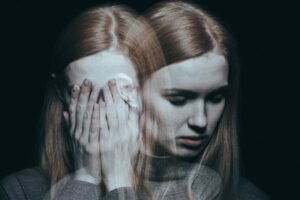
There is no way to completely prevent bipolar disorder, but the following can help:
- Keeping stress levels low and finding ways of relaxing.
- Practicing good sleep hygiene by getting adequate rest every night and avoiding substances such as caffeine that may interfere with it.
- Attending support groups for those living with mental illness or their families. Being around people who understand what you are going through can be helpful in reducing feelings of isolation and loneliness which often accompany a diagnosis like this one.
Following these steps will improve your overall health and wellness, which decreases the risk of developing bipolar disorder type two dramatically!
Bipolar 1 vs. Bipolar 2
Episodes of extreme mood characterized bipolar 1 and 2 disorders. Manic episodes are the highs. Depressive episodes are the lows. The difference between bipolar 1 and 2 disorders is in the severity of manic episodes produced by each type. A person with bipolar 1 will have a complete manic episode, whereas a person with bipolar 2 will only have a hypomanic episode (a period that’s less severe than a full manic episode).
A person with bipolar 1 may or may not have a major depressive episode, whereas a person with bipolar 2 will have one.
How To Live With Bipolar 1 and 2 Successfully?
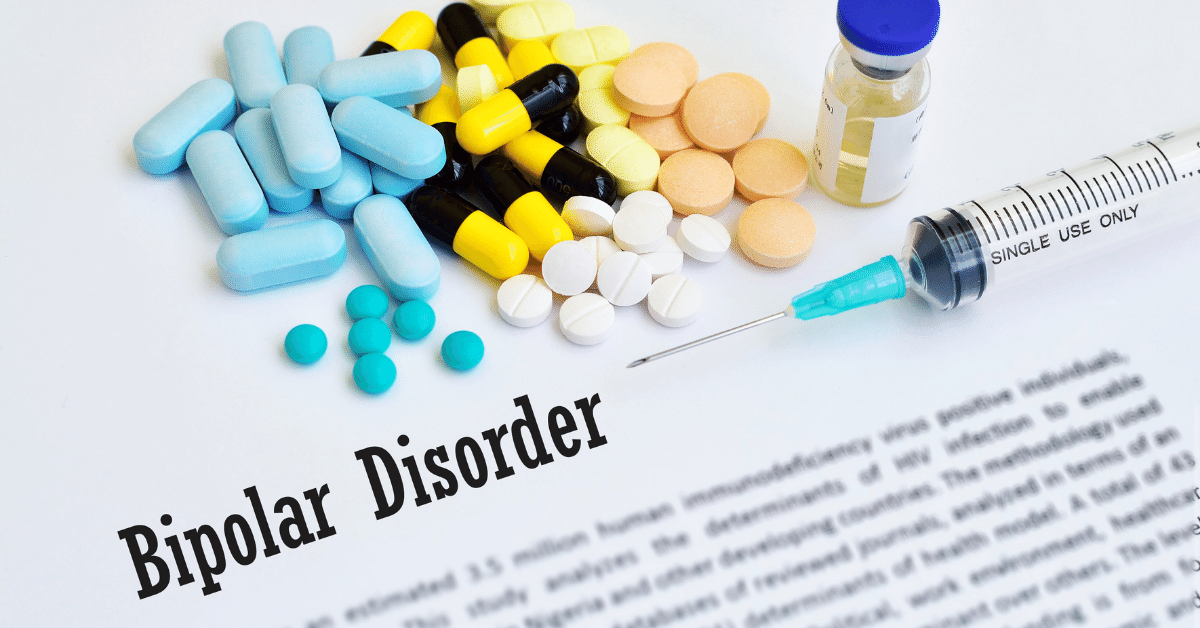
Treatment and self-care are important for living successfully with bipolar disorder. If you or a loved one has been diagnosed, it is possible to live well despite the challenges of this illness.
First, recognize that you have an illness and accept help from people who care about you such as family members and friends. Get treatment immediately so symptoms do not get worse over time – medication along with psychotherapy can be helpful in managing symptoms. Set goals specific to your own situation which will allow you to take steps towards achieving them week by week/month by month/year after year until they become habits (for example: ‘I want to make my bed every day.’)
If you are not sleeping, eating well, or getting exercise, make a plan to do so (for example: ‘I will go for a walk every morning before work’).
You can also reduce stress by practicing deep breathing exercises and meditation in order to keep your mood stable. It is important that we don’t ignore our own feelings because doing this only makes them worse over time. Instead, allow yourself the time and space necessary to process what’s going on inside your head.
Finally, when all else fails – it might be worth seeing if there is any benefit from talking with someone who has been through similar experiences such as friends/family members or support groups made up of people living with mental health problems.
Conclusion
Bipolar 1 is a more severe form of the disorder. It typically includes manic episodes with periods of depression in between and can lead to suicide attempts or thoughts. In contrast, bipolar 2 only has hypomanic episodes that are not as intense as those found in bipolar 1, but these do still have suicidal tendencies for some people who suffer from it. If you think you might be suffering from any type of mood disorder such as bipolar 1 or 2, please talk to your doctor about it so they can help diagnose and treat your condition accordingly!
For more information, please contact MantraCare. Bipolar disorder is a mental illness characterized by extreme shifts in mood, energy, and activity levels. If you have any queries regarding Online Bipolar Disorder Counseling experienced therapists at MantraCare can help: Book a trial Bipolar Disorder therapy session
